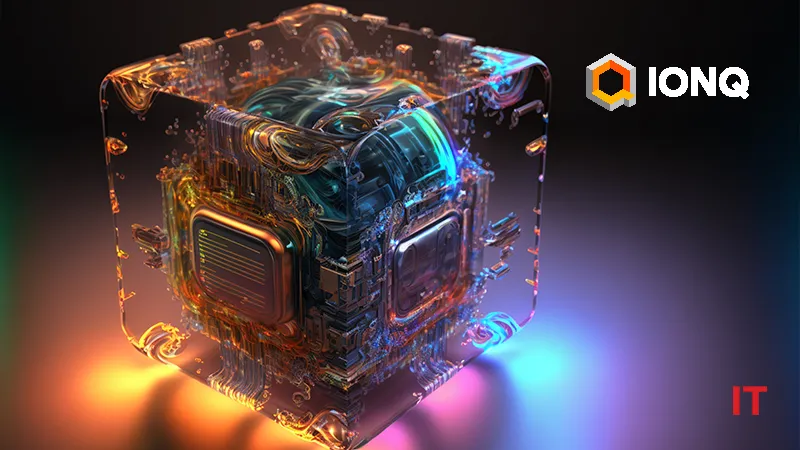XHV technology in next-generation IonQ vacuum system miniaturizes room temperature operation, advances practical quantum computing design, and reduces energy costs.
IonQ, a pioneering force in quantum computing and networking, has successfully developed a next-generation ion trap vacuum package prototype. This breakthrough is aimed at creating smaller, more compact, and room-temperature quantum systems. The company has also completed a cutting-edge assembly chamber capable of manufacturing miniaturized ion trap vacuum packages that sustain Extreme High Vacuum (XHV) levels—comparable to the vacuum conditions found on the Moon’s surface.
IonQ’s innovative engineering eliminates the need for cryogenic vacuum enhancements, significantly reducing energy consumption and computational energy costs. The resulting miniaturized and streamlined components are designed to be modular and replaceable, simplifying system maintenance and reducing complexity. This approach aligns with IonQ’s broader mission to enhance enterprise-grade capabilities, ensuring easier manufacturing, installation, and upkeep of quantum systems.
“Compact room temperature XHV is a key enabling component technology on our roadmap, and we expect it to result in simpler, smaller, and far more robust systems as we scale up performance, scale down size, and increase production volume for real-world applications,” said Dean Kassmann, Senior Vice President, Engineering and Technology for IonQ. “Designing miniaturized ion trap packages that can achieve high vacuum underscores our commitment to breaking technical boundaries as we deliver enterprise-grade quantum computers.”
Also Read: WiMi Develops Holographic Quantum Algorithm for Spin Simulation
A major technical advancement achieved in this development is the successful assembly of an ultra-small ion trap vacuum package within a larger high-vacuum assembly chamber. This innovation enhances performance and operational efficiency while paving the way for the eventual removal of conventional vacuum pumps from quantum computers. The new ion trap vacuum package utilizes advanced techniques to enable high pumping rates without requiring moving parts. This achievement is the result of novel applications in material selection, optics, welding, and micro-scale manufacturing—advancing trapped ion quantum computing technology.
IonQ’s XHV advancements complement its broader technology initiatives, including its collaboration with NKT Photonics to integrate cutting-edge optical subsystems into future IonQ quantum computers and its partnership with imec to develop photonic integrated circuits (PICs) and chip-scale ion trap technology. These efforts reinforce IonQ’s commitment to pushing the boundaries of quantum computing innovation.

































